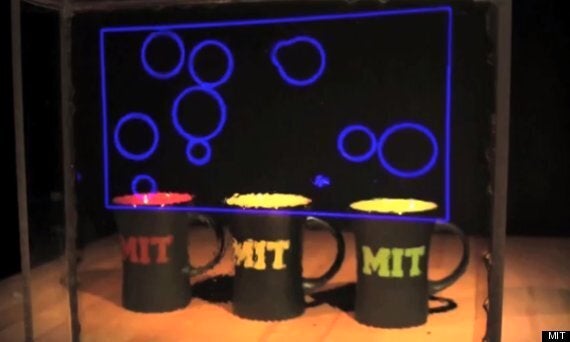The utility of a well-functioning transparent screen is obvious but so far attempts to create one that's not over-bulky and with a wide angle of view has proved elusive.
Step in those clever folks at MIT...
Researchers have developed a new nanoparticle screen that can filter out certain wavelengths of light, letting the other through and creating an image.

It's early days but the technology is very promising
The glass remains transparent but shapes and colours can be clearly seen.
MIT professor, Marin Soljačić, said: "The glass will look almost perfectly transparent because most light is not of that precise wavelength."
At the moment the screens use silver nanoparticles 60 nanometers across which produce a blue image but the team are confident the range of colours can be expanded.
The technology is a big leap forward from previous systems. Current 'heads-up' displays use a mirror or beam-splitter to project an image directly into the viewer's eyes.
This requires the eye be in a very exact spot limiting the range of view.
The work, which also included MIT graduate student Bo Zhen, recent PhD recipient Wenjun Qiu, MIT affiliate Ofer Shapira, and Brendan Lacey of the U.S. Army Edgewood Chemical Biological Center, was supported by the Army Research Office and the National Science Foundation.